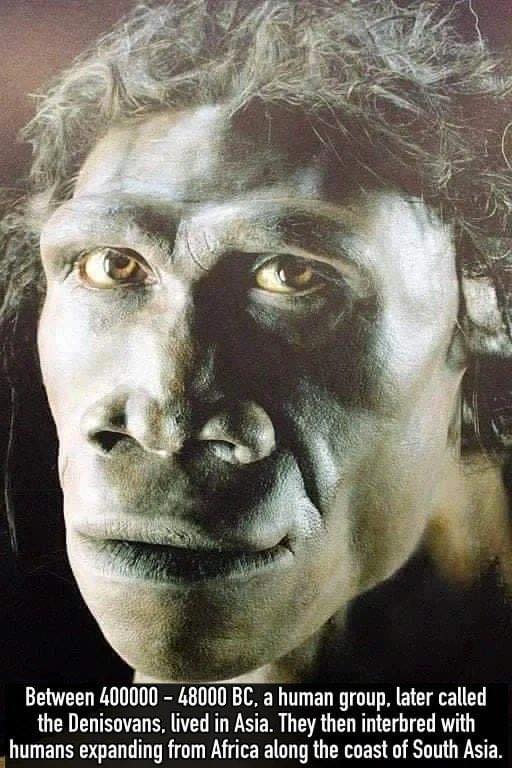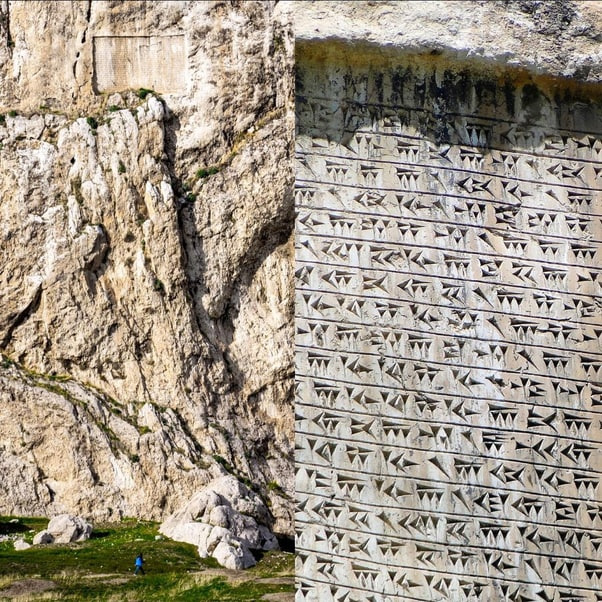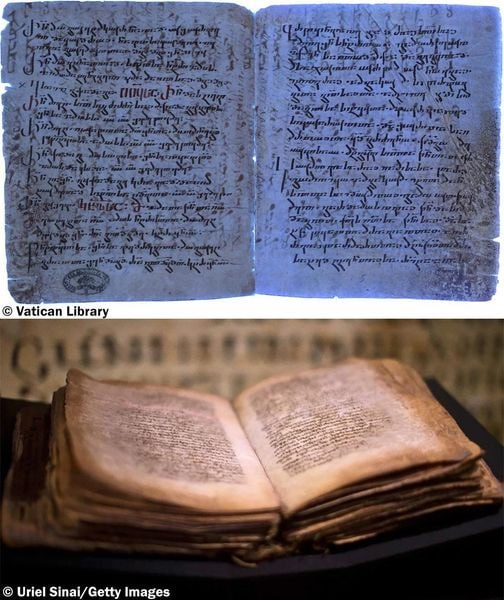The Parthenon, a symbol of ancient Greece's grandeur, crowns the Acropolis of Athens—a testament to the city's former splendor and a timeless emblem of Western civilization. In this vivid reconstruction, we glimpse the Parthenon as it might have appeared at the zenith of Athens' power, teeming with the vibrancy of classical life.
With Doric columns standing proudly, the Parthenon in this portrayal is not a ruin but a living edifice, resplendent with color and activity. The friezes and pediments, now known to us only in their bleached and battered form, are shown here in their original polychromatic brilliance, depicting the pantheon of Greek gods and mythological scenes with vivid detail.

In the foreground, Athenian citizens of various classes—traders, philosophers, soldiers—mingle, illustrating the social diversity of Athens. Spartan hoplites, identifiable by their iconic helmets and red cloaks, stand in conversation, perhaps a nod to the complex inter-city relations of the time.
This image does not merely show us the architecture; it plunges us into the societal heartbeat of ancient Athens. It brings to life the dynamic public engagements that occurred on the steps of the Parthenon—debates, discussions, and decisions that would shape the philosophical and political contours of the Western world.

The Parthenon itself, dedicated to the goddess Athena, patroness of the city, stands as an architectural marvel of its time. Its mathematical precision and artistic excellence not only reflect the aesthetic values of the era but also the intellectual rigor that defined Athenian culture.
Through this artistic reimagining, we are transported back to a period when the Parthenon was more than a monument—it was a central stage in the public life of Athens. The portrayal invites us to reflect on how this structure has withstood the ravages of time, wars, and natural elements, yet continues to fascinate and inspire millions of people worldwide.
The reconstruction serves as a vibrant reminder of the enduring legacy of ancient Greece and the Acropolis as a locus of culture, politics, and art. The Parthenon, even in its current fragmented beauty, continues to echo the achievements of human creativity and the indomitable spirit of a civilization that still speaks to us across the centuries.









